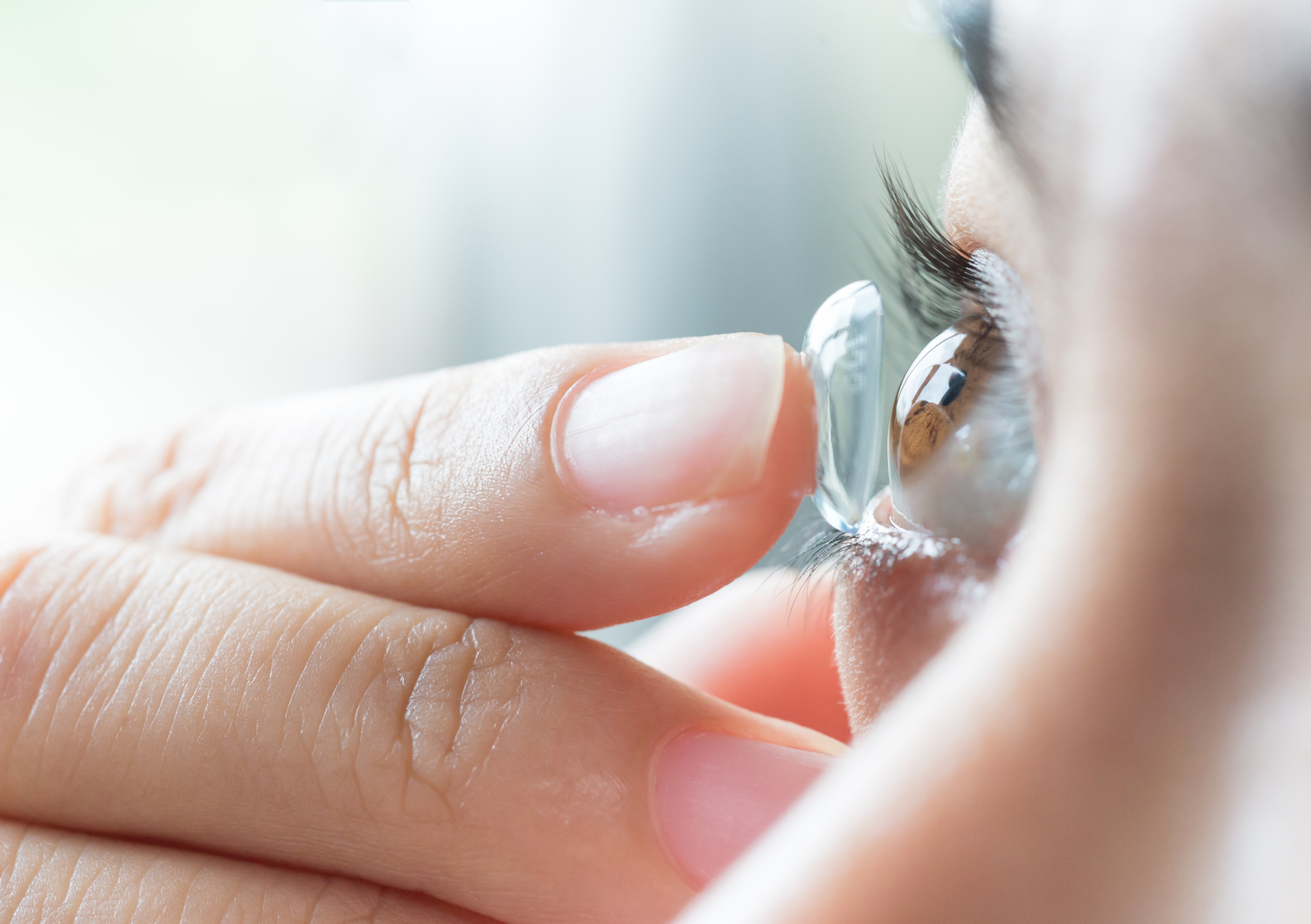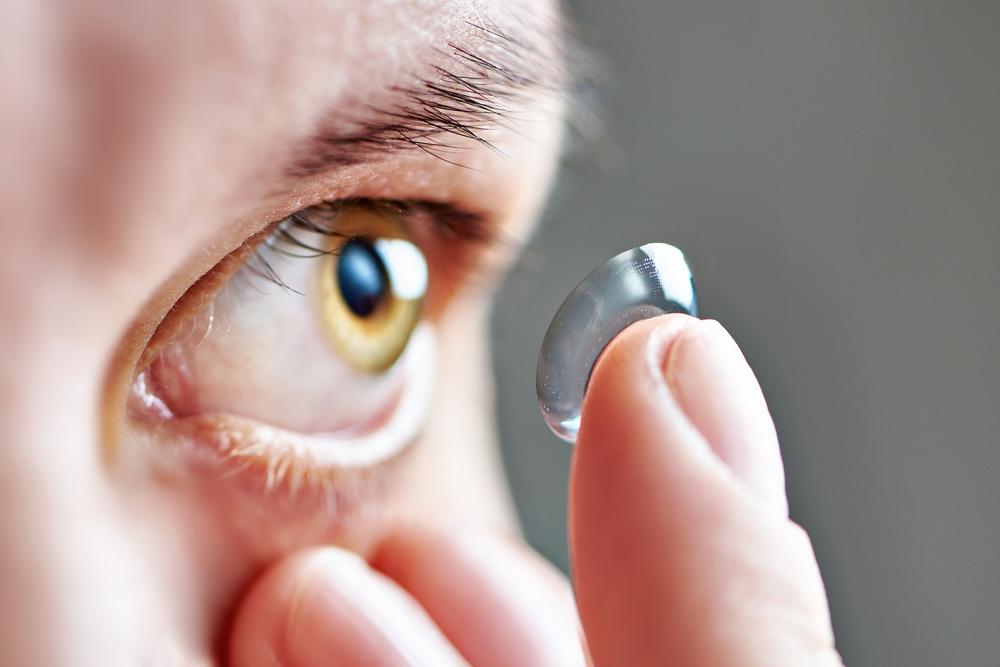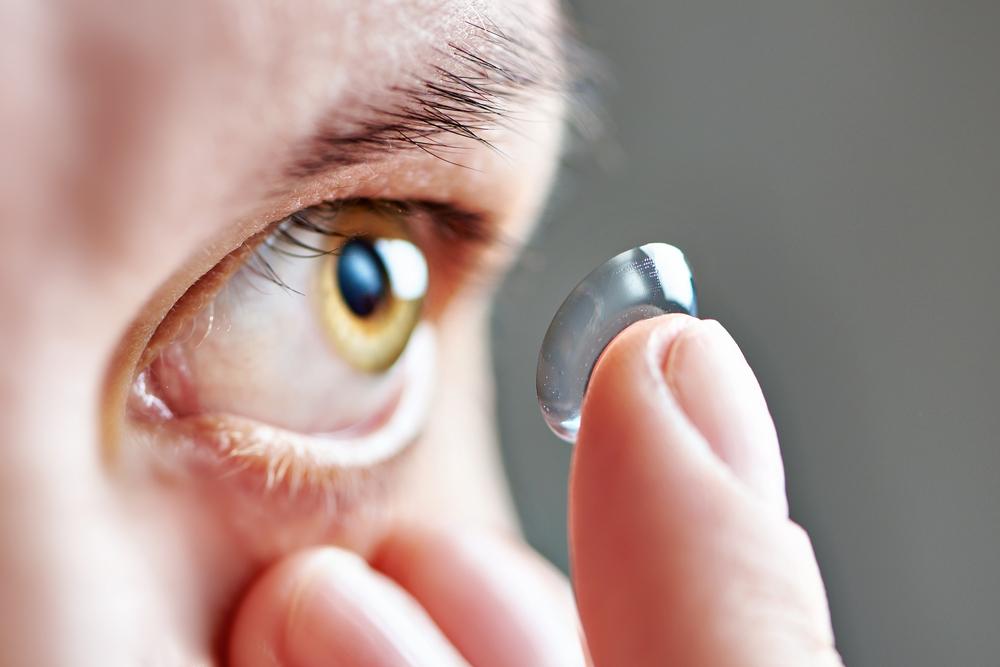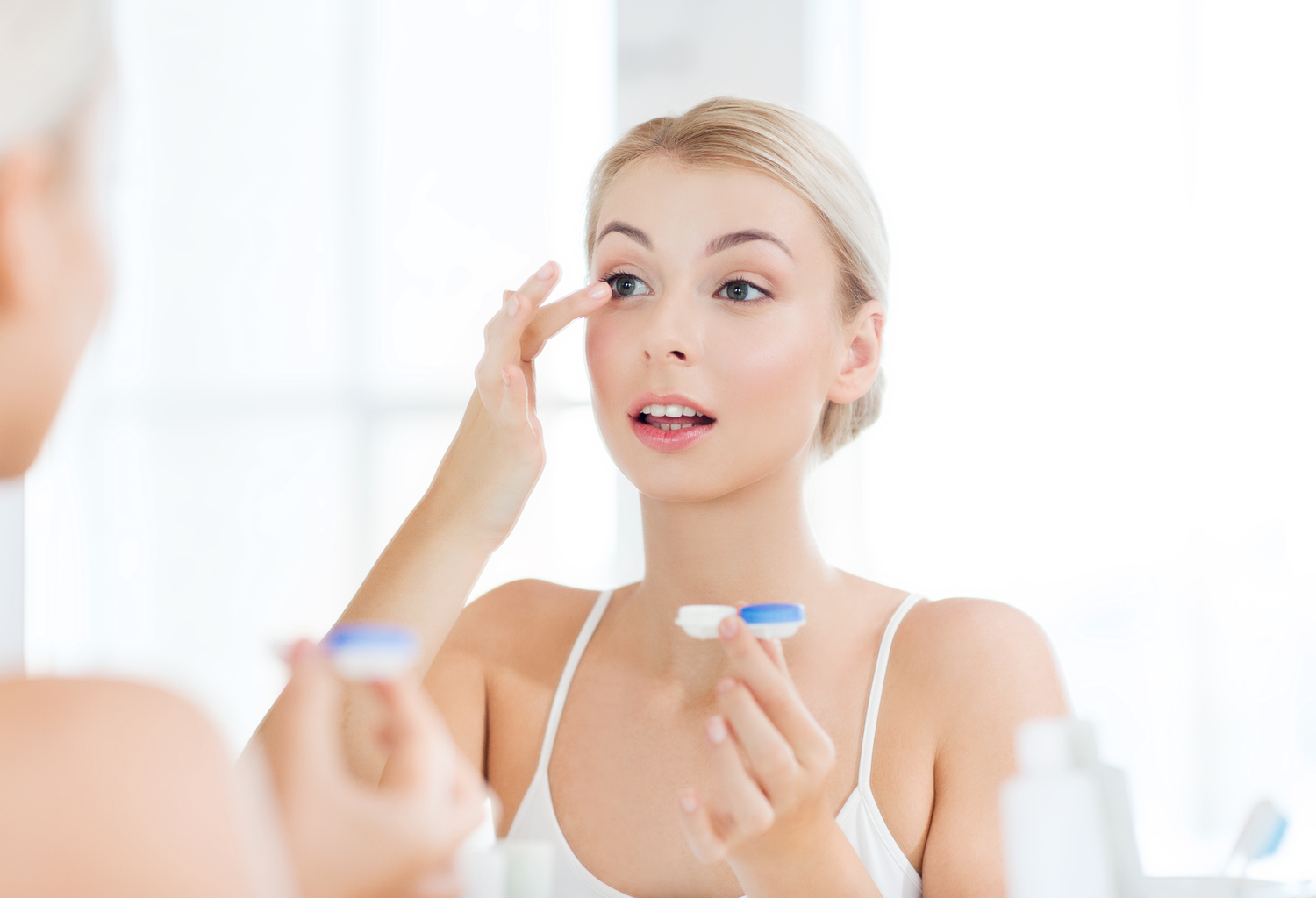Comprehensive Guide to Modern Contact Lenses: Benefits, Types, and Usage Tips
This comprehensive guide explores modern contact lenses, highlighting their benefits, types, proper usage, and safety tips. Discover how contact lenses can enhance your vision and lifestyle, with expert advice on choosing the right lenses and maintaining eye health for long-term comfort and clarity.

Comprehensive Guide to Modern Contact Lenses: Benefits, Types, and Usage Tips
Introduction to Contact Lenses: A Modern Vision Correction Solution
Contact lenses have revolutionized the way millions of individuals correct their vision today. As a sleek, discreet, and highly effective alternative to traditional eyeglasses, contact lenses have become an integral part of daily life for over 168 million people in the United States alone. Their rising popularity is driven by advancements in lens technology, comfort, and lifestyle compatibility. This extensive guide aims to elucidate the benefits, types, proper usage, and considerations necessary for safe and effective contact lens wear, helping users make informed decisions about their eye health.
What Are Contact Lenses and How Do They Work?
Contact lenses are thin, curved optical devices designed to sit directly on the surface of the eye. Crafted from advanced materials, these lenses correct refractive errors—such as myopia (nearsightedness), hyperopia (farsightedness), astigmatism, and presbyopia—by focusing light accurately onto the retina. This focusing capacity ensures sharp, clear vision without reliance on external aids like glasses.
Placed on the tear film covering the cornea, contact lenses move naturally with the eye, offering an unobstructed, wide field of view. Unlike spectacles, they do not rest on the nose or ears, providing users a more natural visual experience and greater freedom for active lifestyles.
Contact lenses are meticulously designed to not only improve vision but also support eye health by reducing glare and reflections. They are suitable for various vision correction needs and can also serve cosmetic purposes to enhance or alter the appearance of the eyes.
Types of Contact Lenses and Their Features
Usage Periods: Contact lenses are categorized based on their lifespan: daily disposables, weekly, bi-weekly, monthly, or extended-wear lenses that can be worn continuously for weeks. The choice depends on individual needs, comfort, and eye health assessment by an eye care professional.
Prescription and Fitting: Accurate fitting and prescription are essential to ensure comfort and effectiveness. Regular check-ups are recommended to monitor eye health and adjust prescriptions as necessary.
Design Variations: Contact lenses come in various configurations, including bifocal, multifocal, and monovision styles, catering to different visual requirements like presbyopia or a mix of near and distance vision correction.
Cosmetic and Color Contact Lenses: Besides corrective lenses, cosmetic lenses are popular for changing eye color or creating special effects. They are available in a spectrum of colors such as red, blue, violet, green, and gray, allowing users to express their style while sometimes also providing vision correction.
Who Should Refrain from Using Contact Lenses?
Individuals suffering from severe allergies, chronic eye infections, or dry eye syndrome should consult their ophthalmologist before using contact lenses. These conditions can complicate lens wear or increase the risk of discomfort and infections.
People living or working in dusty, polluted, or humid environments may experience difficulties with lens comfort and hygiene, necessitating alternative vision correction methods.
Young children, particularly those who may not fully understand proper lens handling and hygiene, are generally advised to delay contact lens use until they are capable of managing lens care responsibly. Typically, older teenagers and adults are the primary candidates for contact lens use.
Essential Tips for First-Time Contact Lens Users
Proper Storage: Always store lenses in a clean, disinfected lens case filled with the appropriate solution. Replace the solution daily to prevent contamination.
Hand Hygiene: Wash and dry hands thoroughly before handling lenses to avoid transferring dirt, oils, or microbes that can cause discomfort or infections.
Lens Cleaning and Maintenance: Clean lenses regularly by gently rubbing them with fresh solution to remove deposits. Follow your eye care provider’s instructions regarding cleaning routines.
Avoid Water Contact: Remove lenses before swimming or exposing them to any form of water, as water can harbor harmful microorganisms that may infect the eyes.
Sleeping and Contact Lenses: Do not sleep with contacts unless prescribed extended-wear lenses by your ophthalmologist, as sleeping in lenses can lead to oxygen deprivation and increase the risk of infections.
Adherence to Replacement Schedule: Replace lenses as recommended—whether daily, weekly, or monthly—to maintain hygiene and prevent eye health issues.
Why Are Contact Lenses Becoming More Popular?
The popularity of contact lenses has grown steadily, with an annual increase of about 4% since 1991, reflecting advancements in technology and shifting consumer preferences.
Many users find contact lenses more discreet and less intrusive than glasses, making them suitable for various activities, including sports, outdoor adventures, and professional settings.
They require minimal maintenance; simply cleaning and proper storage can extend their usability, fitting conveniently into busy lifestyles.
Cosmetic appeal is a significant factor, with many choosing colored lenses to enhance their appearance or experiment with different eye colors, boosting confidence and personal style.
By understanding the functionality, benefits, and proper handling of contact lenses, users can enjoy clear, comfortable vision while maintaining optimal eye health. Always consult an eye care professional for personalized advice and regular eye checkups to ensure safe contact lens use.





